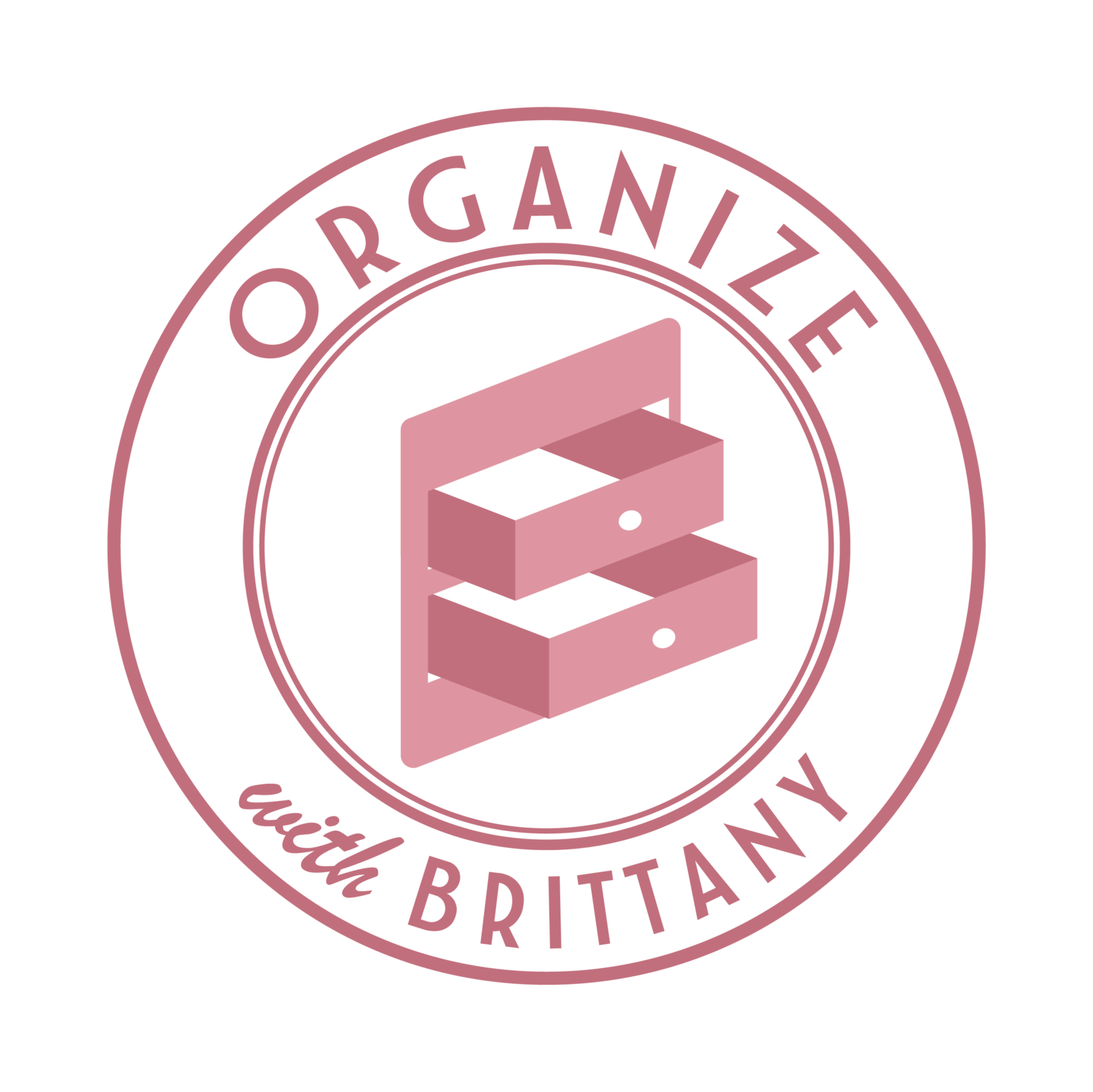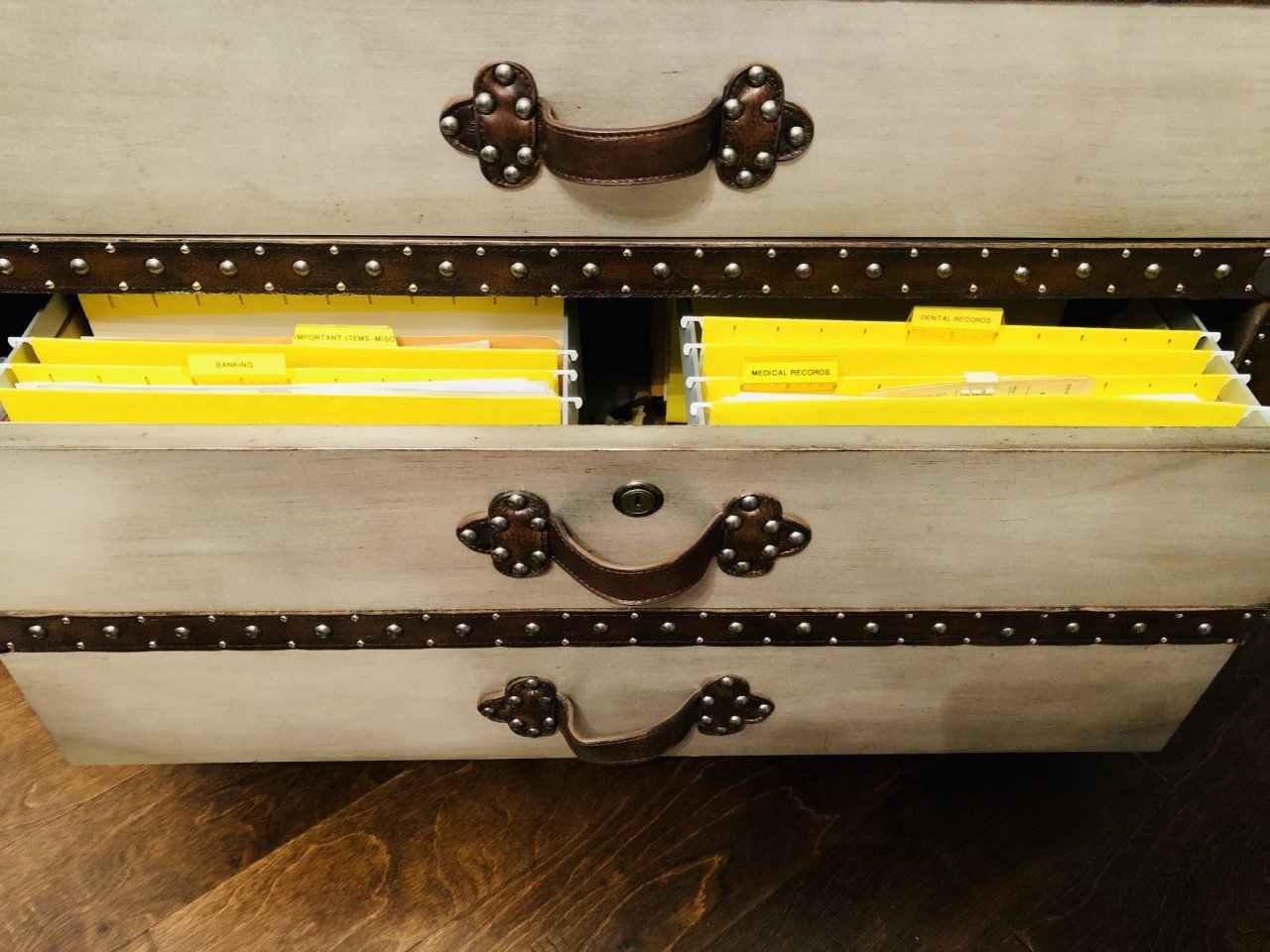Managing Dreaded Paper Clutter
I’ve been researching organizing processes, solutions and products for a long while. Recently, I listened to a podcast (I won’t name the company) and have been so frustrated by the advice they’re giving people. They’re actually highly successful in selling their products but there’s no way I can get behind it. They are adding to people’s clutter!!! Essentially, they have you write down all of your tasks, shopping lists, errands, project ideas, maintenance needs, etc. onto individual note cards and then stick them in a basket (that they sell) and wait until Sunday to address them. The basket sits on your counter all week and then on Sunday, you sit for hours and go through all of the note cards and any other mail and paperwork you’ve accumulated during the week but haven’t taken care of. At that time you make a plan for when and/or how you’re going to take action on each. Why would you wait and then put it off yet again?! Why would you want to sit and do paperwork for hours on Sunday or any day for that matter? Why wouldn’t you just take care of it right away? I would dread Sundays if I did this. What do you think? Let me know!
Yes, I get that we’re all busy. I get that when you bring the mail in you might have something cooking on the stove and can’t actually pay the bill right away. I get that when a “to-do” pops into your head you can’t always start the project right away but you certainly don’t have to wait until the end of the week to take care of everything all at once. Leave it out and take care of it as soon as you can! Here’s how I do it:
Mail – get the mail from the mailbox. Immediately shred or recycle junk mail and envelopes. Paper clutter doesn’t even come into my house because I do this in the garage. If you can, put a paper recycling bin in your garage too.
1. Take the plastic off of the envelope and recycle or shred of all of that paper.
2. I don’t have much junk mail because I call/email companies when I receive junk mail and ask to be taken off of their lists. You too can take this extra step towards paper decluttering once I help you get everything else organized.
3. Only bring mail inside that you need to file or need to take action on. Then, either take action immediately, or put the mail somewhere that will remind you to do it when you have time.
a. For some, this could mean putting it on the coffee table so you can do it while you watch TV.
b. For others it could mean putting it on top of the coffee machine so you can do it when you sit to drink your first cup of coffee the next morning.
c. For other others, it could mean that you put it in your lunchbox and take care of it on your lunch break at work the next day.
4. Through different stages of my life, all of these techniques have worked. As soon as I take action on the paperwork, I shred or file it. Voila, all done!
Bills - at this point all of my bills are electronic, so I get emails with the bill amount and due date. If yours aren’t delivered and paid electronically yet, change that! The paper is bad for your clutter problem and bad for the environment. You can easily access your bills and receipts online and file them into email folders rather than filing cabinet files.
1. Anyway, so when the bill comes in, pay it! You know it’s due, why would you wait to pay it? Unless you absolutely have to wait because of financial restrictions you’re just adding stress and certainly not saving any money or time by waiting.
2. Add the paid information to your monthly budget. Don’t have a monthly budget? Ask me how to start one! You can update it easily from your phone and/or computer any time.
3. File the bill (email) away. Voila, all done!
School Related – I don’t have kids so I’m not the expert on this one. However, I do have some general ideas for you. Get the kids involved in organizing their schoolwork and paperwork. Develop a system for them to learn where to put their papers and how to take action on them.
1. Get a large clear bin. A long boot box would work.
2. Have your child create a fun and colorful label for the box. Name it after the current school year or use a picture print out that they can color in.
3. Let your child put any and all artwork, stories, graded tests, etc. in this box once they’re completely finished with the project. Do this through the whole year and leave it somewhere accessible in their room.
4. Get a hanging file system for their wall or the back of their door. Create at least two labels, if not more.
a. One “for parents” – this would include permission slips that you need to sign, parent-teacher conferences that you need to schedule and snacks that you need to purchase for a special event.
b. One “for child” – this would include an upcoming project that the child needs to start working on, a vocabulary list that they need to study for or a book that they need to read nightly.
5. Work with your child daily to go through paperwork and file it into the filing systems. Show them that when they put something in your “parent” file, you take action on the item and then return it to their “child” file to take back to school.
6. Teach them, to work through their own file each night before bed or each morning before school, as long as you’re both going through the files on a daily basis.
7. At the end of the school year, go through the filing system and the clear bin and decide together what to ultimately keep and recycle the rest. Keep a larger bin in the attic with all of the “ultimate keeps” separated by year. At some point, you can sit down and decide if any of these kept items should be framed and used as artwork throughout the house or turned into some kind of digital scrapbook. Voila, all done!
File Storage in Five Forks SC

